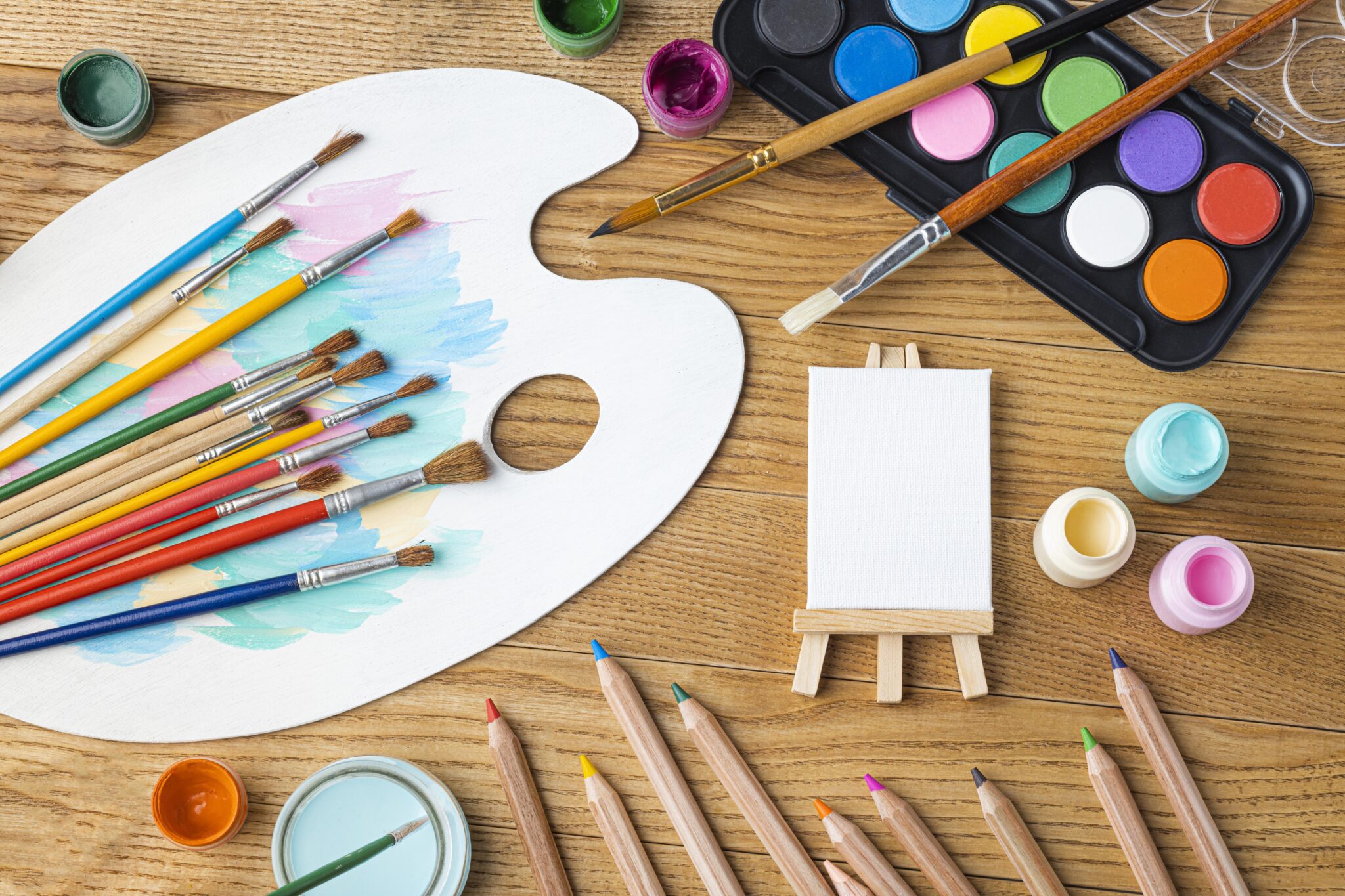The detail brush is a fundamental tool for acrylic artists who seek to bring intricate designs and fine precision to their work. With its thin, fine bristles, the detail brush allows for impeccable linework, subtle highlights, and delicate textural details that can elevate your painting. In this guide, we’ll explore the best uses of the detail brush, effective techniques for harnessing its potential, and tips to master this essential brush type. Don’t forget to check out urartstudio.com for tools, tips, and resources to enhance your acrylic painting practice!
1. Understanding the Detail Brush
The detail brush is characterized by its thin, pointed bristles that taper to a fine tip, allowing for exceptional control and precision. Key features include:
- Versatility: Suitable for a variety of painting styles, including realism, illustration, and abstract work.
- Precision: Ideal for intricate linework, fine details, and highlights that require a delicate touch.
- Control: Provides enhanced maneuverability for creating small elements in your composition without over-painting.
2. Best Uses for the Detail Brush
The detail brush can be utilized effectively in numerous ways:
a. Fine Line Work
- Outlines and Borders: Use the detail brush to create sharp outlines around objects or figures in your painting. Its precision allows you to maintain clarity without overwhelming the underlying colors.
- Intricate Patterns: Perfect for adding fine patterns or motifs, whether in textiles, nature scenes, or decorative elements.
b. Highlighting and Accenting
- Highlights: Use a lighter shade or white to apply highlights on small areas, such as the glint in an eye or reflections on water. The detail brush allows for controlled application without disturbing the surrounding layers.
- Accent Colors: Apply accent colors in specific areas to draw attention to focal points in your artwork, such as flowers, jewelry, or intricate designs in landscapes.
c. Texture and Depth
- Textural Detail: Create texture in your work by using the detail brush to add subtle features, like individual strands of hair, leaves on a tree, or fine grains of sand in a beach scene.
- Layering Shadows: The detail brush is great for adding nuanced shadows in intricate areas where larger brushes may not provide the control needed.
3. Techniques for Using the Detail Brush
Here are several effective techniques to maximize the use of the detail brush in your painting:
a. Controlled Application
- Light Pressure: Apply light pressure when painting with your detail brush to achieve finer lines and prevent excess paint application. The goal is to use a “tip” approach when applying paint rather than a full brush stroke.
- Slow and Steady: Move slowly to maintain control and accuracy, especially when painting intricate details or delicate designs.
b. Mixing Techniques
- Color Mixing on the Palette: Prepare your colors on the palette before applying them with the detail brush. Mixing colors helps ensure consistency and prevents unwanted blending on the canvas.
- Tipping for Shadows and Highlights: Load your detail brush with a base color and then dip just the tip into a lighter or darker shade before applying. This technique allows for subtle gradients and helps maintain control.
c. Layering and Glazing
- Thin Layers: Use the detail brush to apply very thin layers of paint while allowing previous layers to dry. This technique builds depth and allows for correction without losing details.
- Glazing with Precision: Create glazes using a medium to thin out your paint and apply it gently with the detail brush to enhance sections while keeping detailing intact.
4. Care and Maintenance of Your Detail Brush
To ensure longevity and optimal performance of your detail brush, consider the following care instructions:
- Clean After Use: Always rinse the detail brush thoroughly with warm soapy water immediately after using it. Acrylic paint can dry quickly and ruin the bristles if not cleaned promptly.
- Reshape the Bristles: After cleaning, reshape the brush while it’s wet to maintain its fine tip. Allow it to dry flat or hanging to preserve the bristle shape.
- Store Properly: Store your detail brush upright or in a protective case to prevent damage and to keep the bristles intact.
5. Conclusion
The detail brush is an essential tool for achieving precision in acrylic painting, enabling artists to create intricate designs and fine details. By understanding the best uses and techniques for the detail brush, you can elevate your artwork and express your creativity with confidence.
Be sure to explore our selection of detail brushes and other essential art supplies available at urartstudio.com to support your artistic journey!
Don’t forget to visit our online store at https://urartstudio.com/shop/ for a variety of art supplies and tools. Additionally, check out valuable painting tips at urartstudio.com/painting-tips/ and our step-by-step painting instructions at https://urartstudio.com/step-by-step-painting-instructions/ to further enhance your skills.
Keywords: detail brush, precision, acrylic painting techniques, fine line work, texture, art supplies.
#DetailBrush, #Precision, #AcrylicPainting, #FineLineWork, #Texture, #ArtSupplies



Leave a Reply
You must be logged in to post a comment.